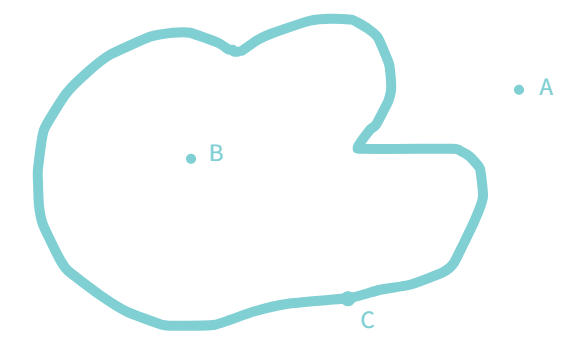Curves
Take a piece of paper and just start doodling randomly whatever comes to your mind. The results of your random doodling are called
Important Note:
‘Curve’ in everyday usage means “not straight”. In Mathematics, a curve can be straight.
We can draw some of these drawings without lifting the pencil from the paper and without the use of a ruler. These are all classified as curves and have different types.
- Curves
- Based on Presence of Intersection Points
Simple Curves Non-Simple Curves
- Based on Presence of Intersection Points
If a curve does not cross itself, then it is called a simple curve. A simple curve changes its direction but does not cross itself.
It can be open and closed. If a curve does cross itself, it is a non-simple curve.
Examples for simple closed curves -Circle, ellipse.
Out of the seven below given figures, classify as "Simple"/ "Not Simple" / "Open" Curve.
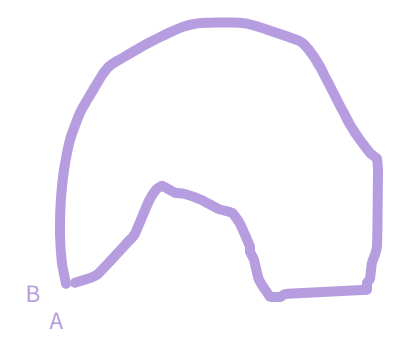

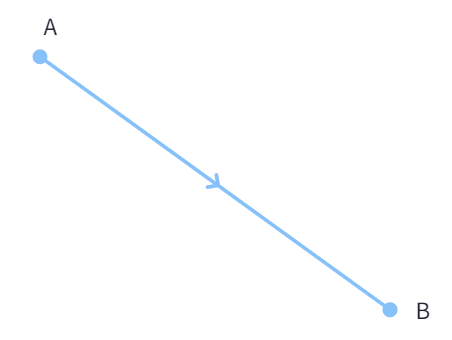

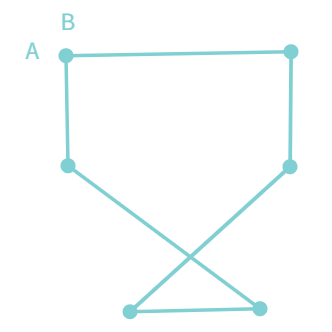

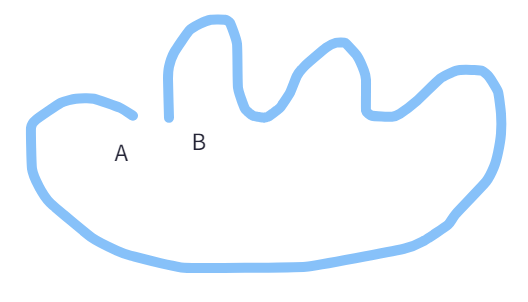
Position in a figure
Think about this: When we see a house or a building, there is often a fence or a compound wall that separates the building from the road and the rest of the surrounding land. A division like that causes the land to be separated into parts- inside the fencing, exactly on the fence and outside the fence. We cannot enter the building without crossing the fence or the gate/ main entrance of the building.
Similarly, when we have a closed curve on a piece of paper and we randomly select points, we can classify the points into three types:
- (i) interior (‘inside’) points
- (ii) boundary (‘on’) points
- (iii) exterior (‘outside’) points
In the below given figure, B is the
The interior of a curve together with its boundary is called its region.
